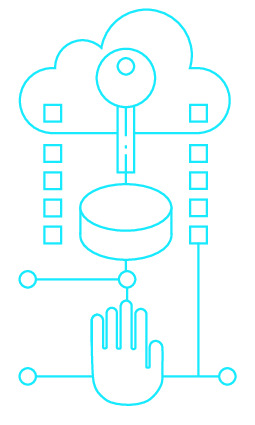|
|
|
| Module code: PIM-WN14 |
|
4V (4 hours per week) |
|
5 |
| Semester: 2 |
| Mandatory course: no |
Language of instruction:
German |
Assessment:
180-minute written exam
[updated 29.06.2007]
|
KI810 (P222-0061) Computer Science and Communication Systems, Master, ASPO 01.04.2016
, semester 2, mandatory course
PIM-WN14 Applied Informatics, Master, ASPO 01.10.2011
, semester 2, optional course, not informatics specific
|
60 class hours (= 45 clock hours) over a 15-week period.
The total student study time is 150 hours (equivalent to 5 ECTS credits).
There are therefore 105 hours available for class preparation and follow-up work and exam preparation.
|
Recommended prerequisites (modules):
None.
|
Recommended as prerequisite for:
|
Module coordinator:
Prof. Dr. Horst Wieker |
Lecturer:
Jonas Vogt, M.Sc.
[updated 31.01.2017]
|
Learning outcomes:
After completing this course, students will be acquainted with the three most important networks (fixed networks, mobile radio networks, private networks) and will be able to analyse network architectures and interfaces in order to plan network convergence.
[updated 29.06.2007]
|
Module content:
1. Fixed networks: Access Network, narrowband switch, Uo-IF, V5.1/2-IF, SS7-IF
2. Mobile networks: Public Land Mobile Network, MSC, GMSC, RNC, SGSN, GGSN
Iu-IF(CS), Iu-IF(PS), Iub-IF, ...
3. Private networks: Ethernet, FDDI, LAN, WAN, WLAN, Bluetooth, HUB, Router, Gateway
4. ATM
[updated 29.06.2007]
|
Recommended or required reading:
HALSALL F., Data Communications, Computernetworks and Open Systems
SIGMUND G., Technik der Netze
BENKENER, STEPPING, UMTS
PITTS J.N., SCHORMANS J.A., UMTS Basics, T.O.P. Businessinteractive
Introduction to ATM
[updated 29.06.2007]
|
Module offered in:
SS 2017,
SS 2016,
SS 2015,
SS 2014,
SS 2013,
...
|


